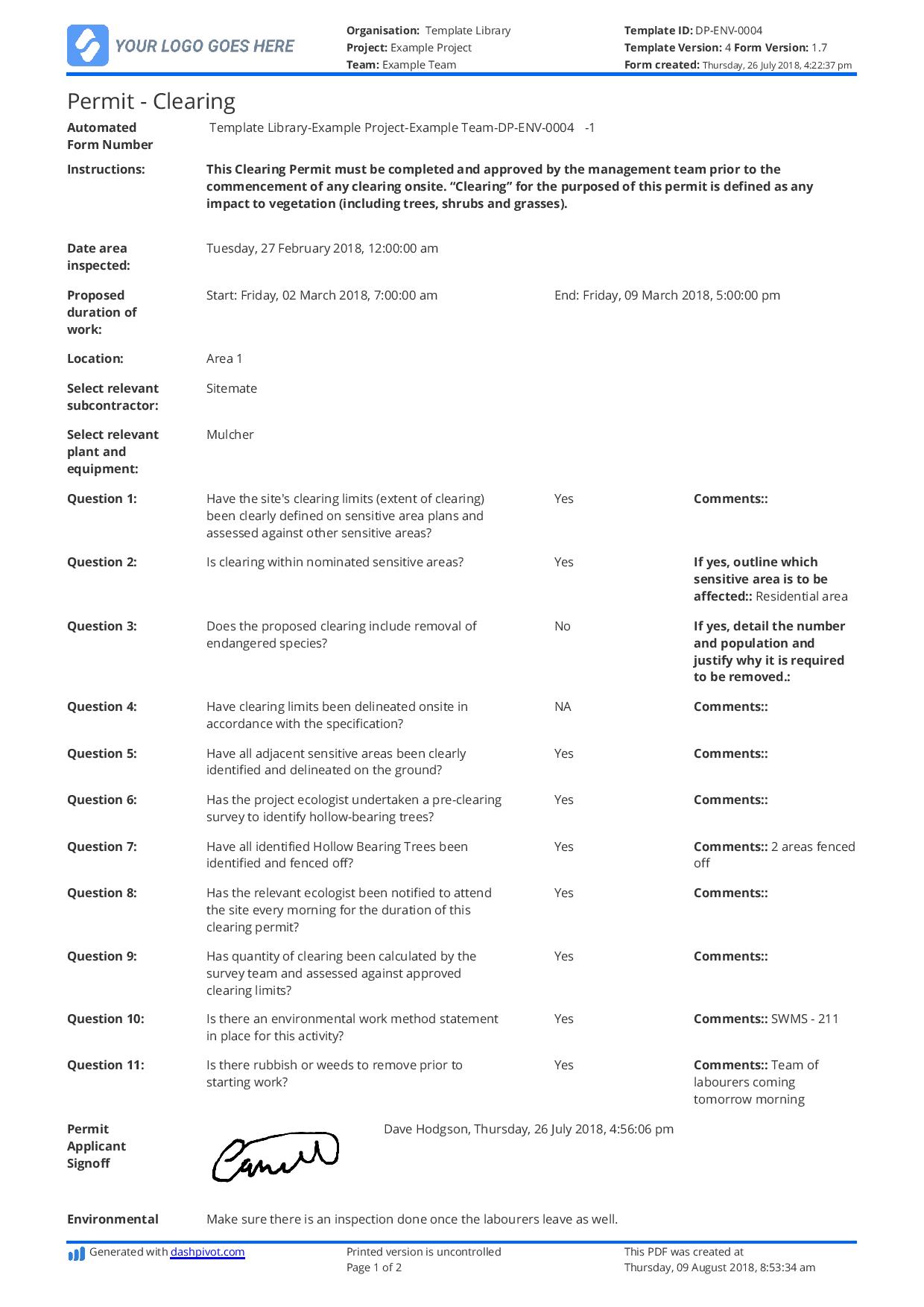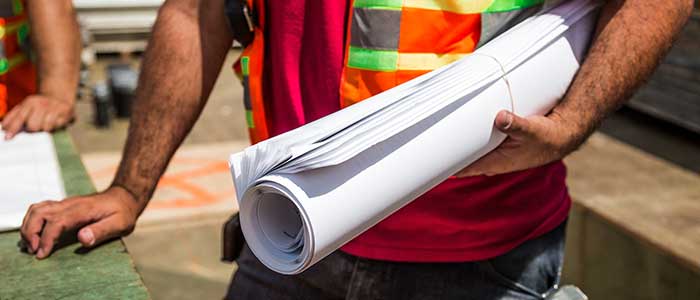Enviro – Construction site and vegetation clearing
Construction site clearing: Everything you need to know
In this article, we cover construction site clearing and everything you need to know to ensure a safe, organised workspace, minimise delays, and set the foundation for successful project execution.

About construction site clearing
Construction site clearing is the process by which a construction site or portion of site is cleared. Clearing prepares the land for new sub divisions, building sites or industrial earthworks.
The first step in any construction project is site clearing.
The clearing process is pretty comprehensive, and involves a number of stages, each with their own challenges and requirements.
The 'things' which must be cleared from site include (but are not limited to) vegetation, trees, soil, unwanted structures and debris.
Clearing vegetation is typically the first stage of the clearing process, beginning with the undergrowth. The undergrowth is more easily cleared and typically frees up space and room for equipment and labour to clear larger vegetation such as trees.
Clearing trees can be a comprehensive task by itself - often requiring multiple steps:
- Cutting the trees down to their stumps
- Removing the stumps
- Removing the roots, which is critically important to prevent future cracking in buildings and concrete
After the flora has been cleared (and any buildings or structures if required), large rocks and other heavy materials are cleared, before any underlying weak points or burrows are filled, often with clay, to create a safe space for beginning works.
The importance of clearing permits
An environmental clearing permit is a permit which must be filled out prior to the commencement of any clearning on site, including trees, shrubs, vegetation, animals and other elements of the surrouding environment.
Creating and documenting your clearing practices and events is a compliance requirement, as well as good practice for your company.
If the clearing of native vegetation (amongst other things) is proposed and your clearing is not eligible for exemption, then a clearing permit is required.
There are often multiple types of clearing permits available to you, depending on the site and area which you are clearing, so it pays to do some preliminary research. For example, in some parts of Australia, there are two different types of permits given out by the government, (1) area permits and (2) purpose permits.
Area permits are apply to permit applicants who own the land, are likely to become the land owner or have written authority to clear the land. An area permit provides for clearing of defined areas specified in that permit - and are typically approved for an extended period of time - such as two years.
Purpose permits can be applied for by people who don't own the land. But they must have specific and written permission to do so.
Ensure your work is safe and compliant by recording a demolition job hazard analysis before any work is undertaken to identify potential hazards and risks and how to mitigate them.
While you may apply for specific permits based on specific sites or works, it pays to always document any clearing activity which takes place on your sites or by your teams with your own standardised clearing permit - whether at the start or during a project.
The clearing permit example below covers a number of critical areas for clearing compliance and record keeping.

Start using this environmental clearing permit template for free now.
Why is good site clearing etiquette important?
Proper site clearing is critical for companies and projects alike. Companies conducting site clearing must abide by the laws and regulations set out in the ordinances or by the governing body of that area.
Quite clearly, it's important to abide by the law, for the safety of people on site, the longevity and success of your company, and the surrounding environment as well. Not undergoing the correct clearing procedures can bit you later on and delay or stop your project from moving forward.
It's a lot easier to do the right thing and follow the right instructions prior to commencing work.
Improving your clearing permitting process
Because clearing is such an integral part of construction and other industrial sites, it should be an integral part of your work processes and have its own forms and workflows. The smart environmental clearing permit above can help you streamline your clearing permit process.

These environmental templates can be modified to fit your projects and teams, and then teams and individuals can complete the form on site or in the office.
When someone signs off on the permit, it is automatically sent to the approver for approval - with real-time notifications. This means that the supervisor or manager can action permits quickly so work and projects can begin.
If you are looking for a quick and easy way to streamline and organise your environmental clearing processes (along with many other of your forms and workflows), try using one the environmental templates below.

Environmental Clearing Permit template
Complete and approve clearing permits quickly - and in line with all regulations.

Environmental Action Plan template
Create and implement actions which improve environmental standing & performance.

Environmental Toolbox Talk template
Document and automatically organise all of those toolbox talks so they are easy to find, share, and analyse.
It is interesting that clearing vegetation is the first stage of clearing land for a construction project. My wife and I have noticed that a construction site for a grocery store down the street had huge mounds of dirt on it. If I managed a construction site, I’d probably work with an earth-moving contractor to make sure all the permits and process is done correctly.
Very interesting article. The area clearing works include:
– clearing sites from unnecessary trees, shrubs, uprooting stumps;
– removal of the fertile soil layer;
– demolition or dismantling of unnecessary buildings;
– disconnection and transfer of engineering networks that fall into the building spot;
– preliminary vertical layout of the site.
Environmental legislation requires builders to respect nature, so valuable trees and shrubs that interfere with work are dug up and transferred to a new location (according to the project).